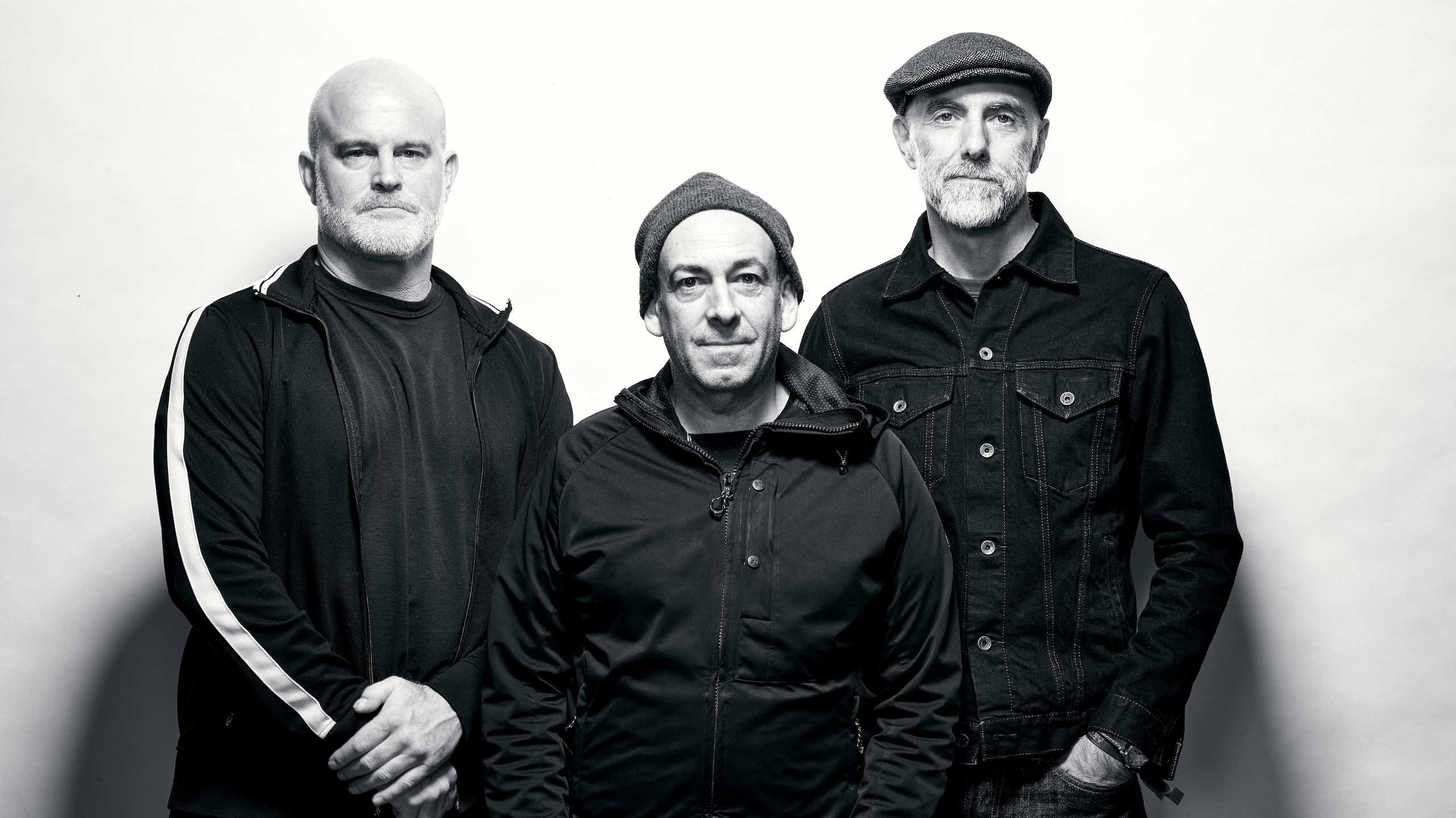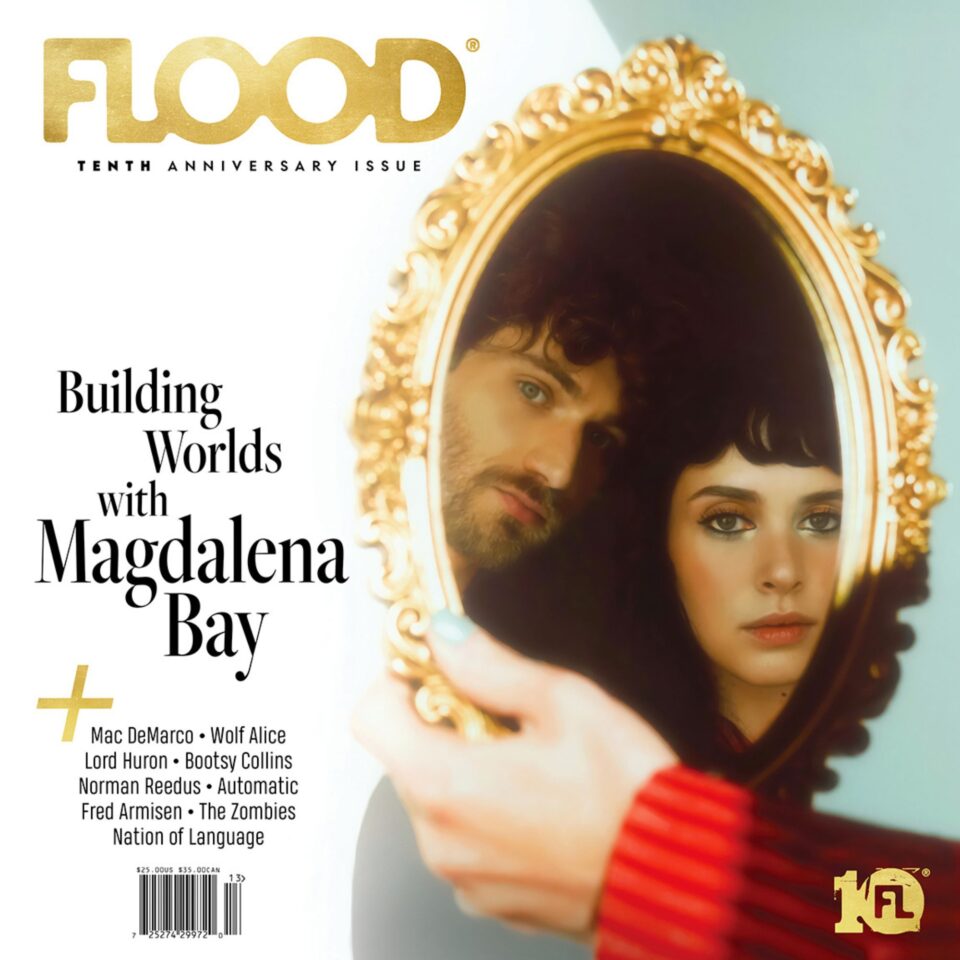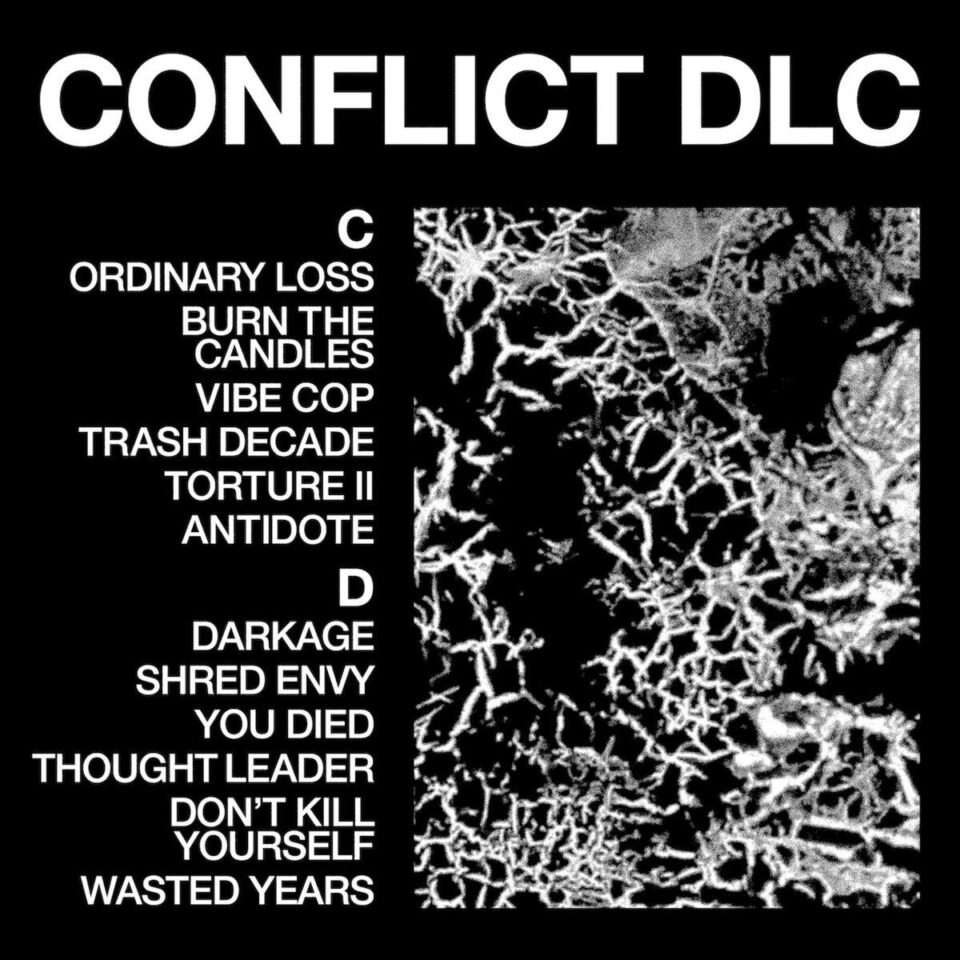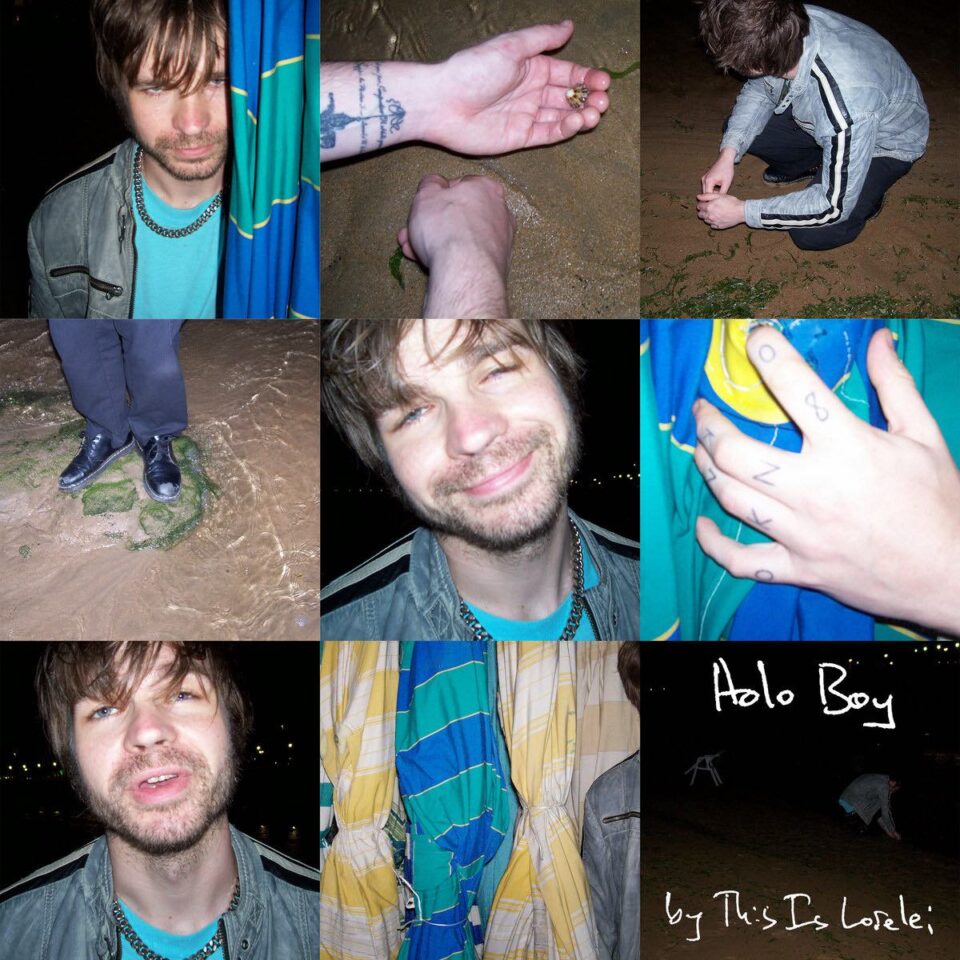Though Cap’n Jazz and The Jazz June are two emo bands with the word “jazz” in their names, there’s only one outfit that really ever successfully combined the two disparate genres. That band was—and, following on from their recent reunion, once again is—Karate. Of course, to categorize what they play as “emo” is disingenuous and inaccurate in the more modern interpretation of the genre (what wave are we on now?), but ever since the Boston-formed group first emerged in the early ’90s, an easy/lazy way to describe it was “jazz emo.”
Still, for those who’d heard them, it made perfect sense. Because over the course of the six albums they released between 1995 and 2004, Karate made musically and lyrically intelligent alt-rock that leaned heavily into jazz influences, but did so in a way that was so authentic that the blending of their two disparate influences felt not just natural, but divine. Though consistently brilliant for that decade until frontman Geoff Farina broke up the band in 2005 due to hearing problems he’d developed from playing in it, the perfection of 1998’s magnum opus The Bed Is in the Ocean is breathtaking from beginning to end, and remains practically unrivaled by any of their contemporaries. Go listen to that album right now, and then, as a bonus, put on the staggering genius of “Sever” from 2000’s Unsolved, and then their haunting, bleak cover of “Strange Fruit.”
After a long time away, Karate re-emerged in 2022 for a series of live shows. But these weren’t just any live shows. This was a band at their peak—majestic and beautiful and full of poignant power, understated and epic and incredibly tight, seemingly unphased by the weight of expectation surrounding their return. And so here they are now, some two years on, with another full-length—Make It Fit—that doesn’t even have to do that. Because it aligns with their legacy perfectly naturally, while also continuing and extending it, bringing their beautifully anachronistic sound into the present day, blurring distant and recent past with a murky present that desperately needs them. But it also needs the context of their influences, the history of a genre that’s long been confined to the perimeters of the mainstream.
Here, Farina (who’s since joined DePaul University’s staff as an Adjunct Lecturer in musicianship) offers us an insightful, impassioned, and knowledgeable guide to 15 jazz songs that played a major part in Karate becoming who they became—and thankfully, once again, still are. Read on for his words, and check out Make It Fit—out today via Numero Group—here.
Bill Evans, “Interplay”
When we were rehearsing material for Unsolved in the late ’90s, we often saved some time to fool around with jazz standards. Jeff [Goddard, Karate’s bassist] brought a chart of “Interplay” to one of these rehearsals, and I loved the arrangement from the first pass. It’s just a minor blues, but the bass/guitar counterpoint became a template for several Karate arrangements.
Albert Ayler, “Ghosts”
I bought my Love Cry LP from a Cambridge record store in 1998 when I was about to leave Boston for Rhode Island, and it still reminds me of that period of my life. “Ghosts” is a vivid example of Ayler’s canny mix of joy and chaos.
Art Pepper, “Straight Life”
Who else sounds so relaxed at 320 bpm? “Straight Life” is a technical feat, as well as the title of Pepper’s poignant autobiography.
McCoy Tyner, “Contemplation”
Josh LaRue played me The Real McCoy in 1992 when I lived in DC for a brief period, and years later I poached the melody of “Contemplation” for Karate’s “Number 6.” Tyner’s quartal approach to harmony and melody translates easily to guitar because the guitar is tuned in fourths, and you can hear some quartal ideas in Karate’s “In Hundreds.”
Andrew Hill & Kenny Dorham, “Refuge”
Luther Gray once told me, “You can hear Hill think when he improvises,” and Hill’s solo on “Refuge” is a great example of this quality. Nothing sounds preconceived, and you can hear him restlessly working out new themes in real time.
John Coltrane, “Lonnie’s Lament”
I bought the Crescent LP on a whim when I was still in high school. I couldn’t believe what I was hearing, and that LP sent me down a Coltrane rabbit hole from which I’ve never emerged. The harmony is based on a simple C-minor vamp, but the heart-rending melody ties it all together into something perfect.
Grant Green, “Django”
“Idle Moments” is the more obvious choice from this album, but Grant Green strides right down the middle of “Django” like someone singing in the rain. He rarely plays licks, he never plays chords, and he always sounds like he’s having fun.
Wayne Shorter, “Nefertiti”
Ekkehard Jost has written about Miles’ improvisational scheme for “Flamenco Sketches” that uses a set series of modes, and Wayne Shorter, Tony Williams, Bill Evans, and several other Miles alumni have described his various strategies for pushing written compositions in unexpected directions. “Nefertiti” at first takes the standard form of a melody over chord changes, but rather than using the harmony as a basis for improvisation, the quintet repeats the head over and over, each time with less rhythmic and tonal precision. The effect is disorienting, something like watching a film that slowly loses focus and synchronization with its soundtrack.
Ornette Coleman, “Lonely Woman”
“Lonely Woman” is one of those ageless melodies that feels like you’ve known it all your life, but I still remember where I first heard it. Dan Littleton and I were sitting in his Greenwich Village apartment sometime in the early ’90s, guitars in hand. Dan played fragments of the melody to me on guitar waiting for my recognition, and then, “What? You’ve never heard ‘Lonely Woman’ ?!” He pulled out the LP, and I learned the melody on guitar right there and then.
Coleman Hawkins, “Body and Soul”
An obvious choice, this is Hawkins’ masterpiece of phrasing and cool. I’ve always loved the cozy vibrato and confident behind-the-beat-ness that Hawkins displays on this recording. Jazz musicians from this era made clever use of diminished chords derived from harmonized eight-note scales, and Hawkins’ solo is full of poetic diminished phrases that never sound scalar or contrived.
Jelly Roll Morton, “Mama Nita”
I still have the complete 1955 Riverside LP set of Lomax’s 1938 Jelly Roll Morton interviews. It took some crate digging, but what a gift to hear Morton’s disembodied voice reflecting and reminiscing, and then rattling off something that grooves as hard as “Mama Nita.”
Herbie Nichols, “House Party Starting”
Nichols only made four records, but each one is full of catchy originals. “House Party Starting” is particularly dark and angular, and Nichols’ improvised choruses never lose the song’s theme.
Charlie Parker, “Donna Lee”
When I arrived at Berklee College of Music in 1988, I was immediately told that I needed two books: The Real Book and the Charlie Parker Omnibook, both of which I still consult for inspiration. The melody and solo of this single tune encompass much of the language of bebop, and I can still play both (slowly) from memory, as was de rigueur among Berklee students in the 1980s.
The Art Ensemble of Chicago, “Dexterity”
Speaking of Charlie Parker, here is the AEC’s clever appraisal of bebop history. I occasionally play this track for my students in discussions of musical irony, and it’s an illustrative example of the group’s potent sense of satire.
Jackie McLean, “On the Nile”
The late Billy Ruane gave me Jackknife on CD many years ago, and since then I’ve tracked down most of McLean’s catalog. To my ear, “On the Nile” is an example of his strident best, and that should tell you something about Billy.







